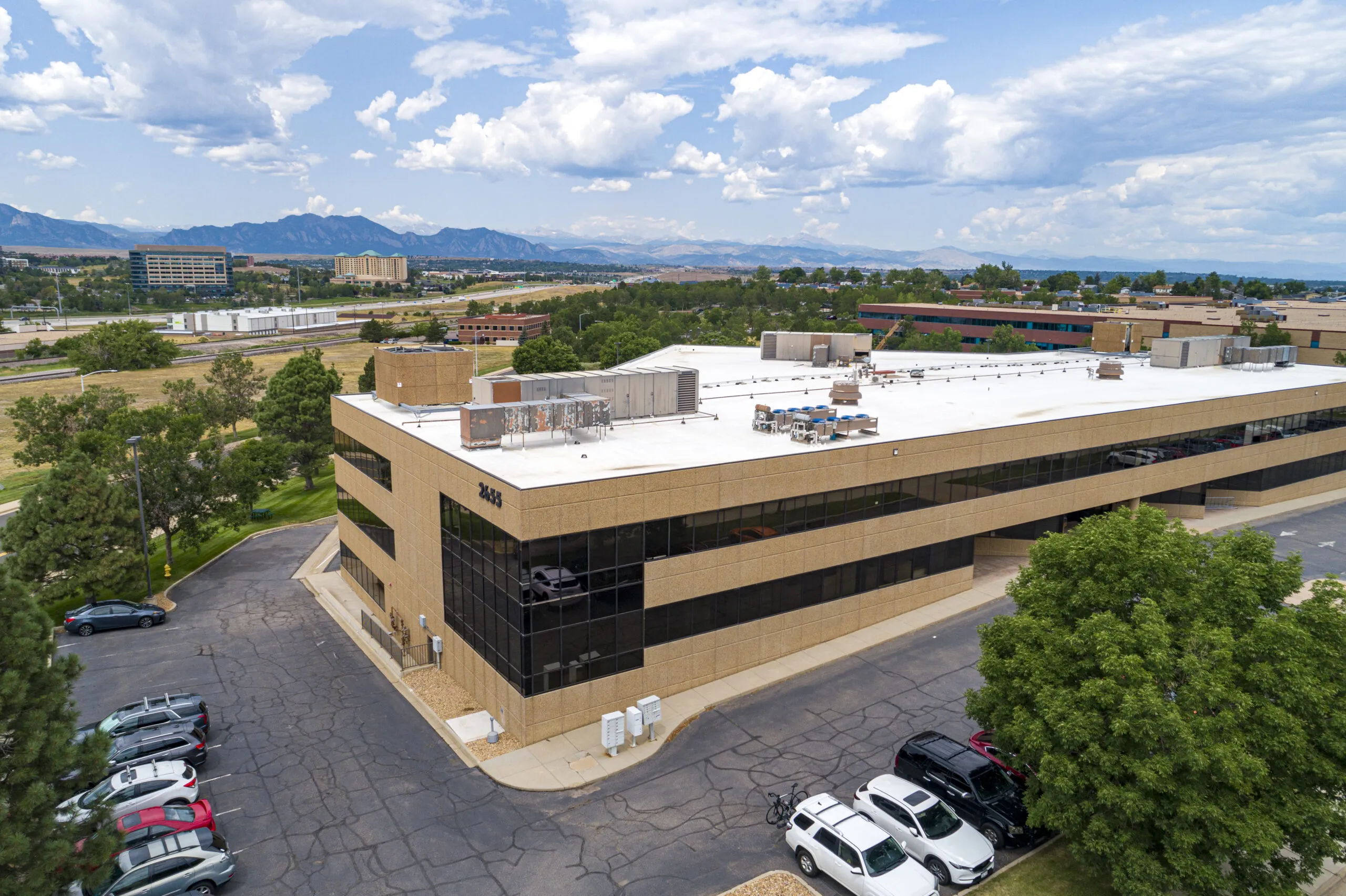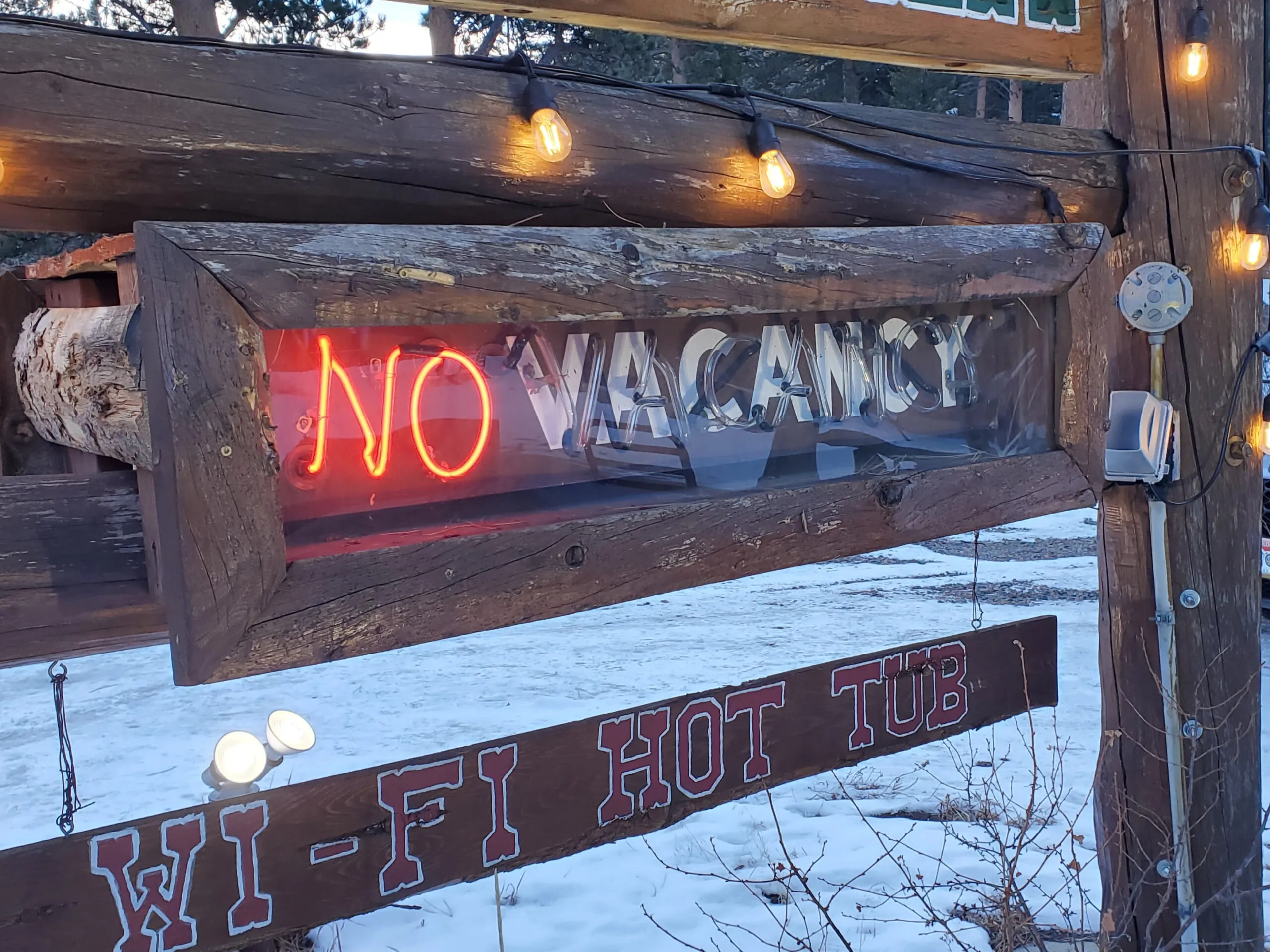High-tech highway: US 36 corridor emerging as hotspot for quantum, aerospace, biotech

The communities along the U.S. Highway 36 corridor have taken major steps beyond the shadows of their larger neighbors to the east and west — Denver and Boulder — emerging in recent years as economic powers in their own right.
THIS ARTICLE IS FOR SUBSCRIBERS ONLY
Continue reading for less than $3 per week!
Get a month of award-winning local business news, trends and insights
Access award-winning content today!
Already have a paid subscription?





